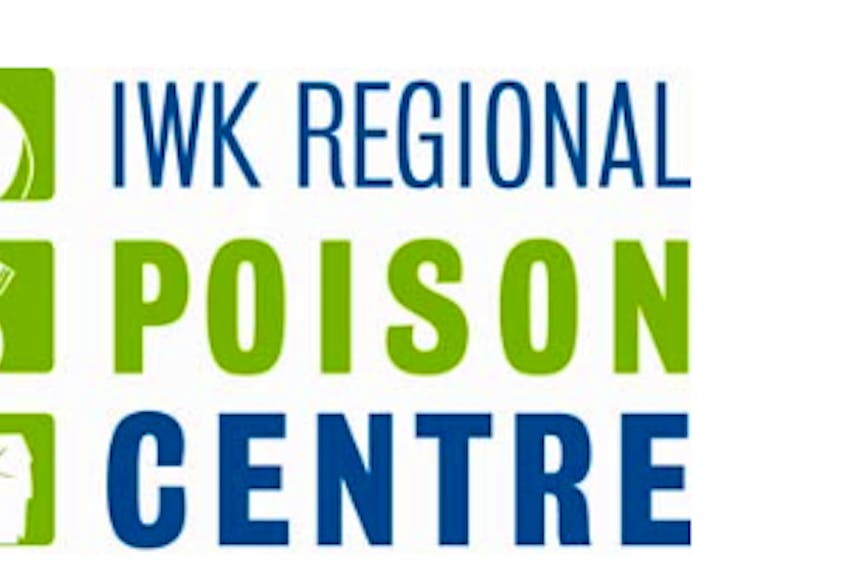Whether Atlantic Canadian youth are a little smarter than those elsewhere, or some other reason, it seems the Tide Pod challenge has not caught on in the region.
Young people, mostly in the United States, have been daring each other to eat a laundry detergent pod and post a video online of the result. It’s not a good idea, as the detergent is toxic and can cause vomiting, diarrhea, breathing difficulties and death in extreme cases. Despite the danger, the social media posts garnered attention around the world.
Dr. Nancy Murphy, medical director of the IWK Poison Control Centre, said as of Monday they have had no calls about anyone in the region suffering the effects, although she pointed out it’s not mandatory to report all possible poisonings so emergency departments might not have done so if the person was not that sick.
“Thus far, though, we have had no calls and we’ve contacted our colleagues in other poison centres across Canada and the most we’ve heard in any one poison centre . . . is four calls related to this (in Alberta and Ontario).
Other provinces also have had zero calls, so we’re not the only ones who have had no calls but the concern is always that that may increase as the trend continues.”
Howard Ramos, a professor and associate dean of research in Dalhousie University’s department of sociology and socialanthropology, said it’s nothing new that people
will do silly things on social media and that it’s actually rare that things catch on, but in cases like this the mainstream media bear some responsibility for it becoming more widespread.
“Until there’s that kind of process of amplification of, for example, the Herald covering it, many people in Nova Scotia would never have thought of the Tide Pod challenge,” Ramos said.
Ramos said it comes as no surprise that people crave attention and, for younger people who have grown up in a culture of “likes” on social media, it can contribute to people trying to do stunts to gain some level of recognition.
“But it’s also important to remember that most of the time people are posting things to their social media, nobody is paying attention. What really is the difference between something like a Tide Pod challenge and somebody who films themselves falling off of their deck is whether or not it taps into a broader network.
“And the mechanisms of that kind of tapping into a broader network are really whether or not there are people with authority that amplify, or people who hold position within social media or have some kind of status that amplify, what people are doing.”
So by asking why it’s exploding in popularity, mainstream media is actually helping it explode?
“Exactly,” said Ramos. “It becomes one of these slippery slopes which is, it is important for newspapers to cover this, to raise awareness, to have an informed discussion of ‘hang on, folks, you should be washing yourlaundry rather that eating a Tide Pod.’ So there
is a public service that mainstream media do in covering this but at the same time it’s a doubleedged sword as by covering it, it also gives it more attention.”
Ramos thinks it’s important for parents to sit down with their kids and have an informed discussion about why people are doing the Tide Pod challenge.
Petra Renck from Proctor and Gamble, the company that makes Tide, said in an emailed statement that nothing is more important to the company than the safety of people who use their products.
“We are deeply concerned about the intentional and improper use of liquid laundry pacs by young people engaging in intentionalself-harm challenges,” the statement continues.
Renck said the company has taken several steps to help stop the dangerous activity, including working with social media networks to remove content that encourages harmful behaviour; broadly distributing a safety message with Tide spokesperson RobGronkowski, a tight end with the NFL’s New England Patriots, that relates to young people who are participating in this conversation on social media; working with the Canadian Consumer Specialty Products Association and their partners to distribute a bilingual poster for use at post-secondary education institutions; and engaging with people on social media to continue to communicate that laundry pacs are made to clean clothes.








